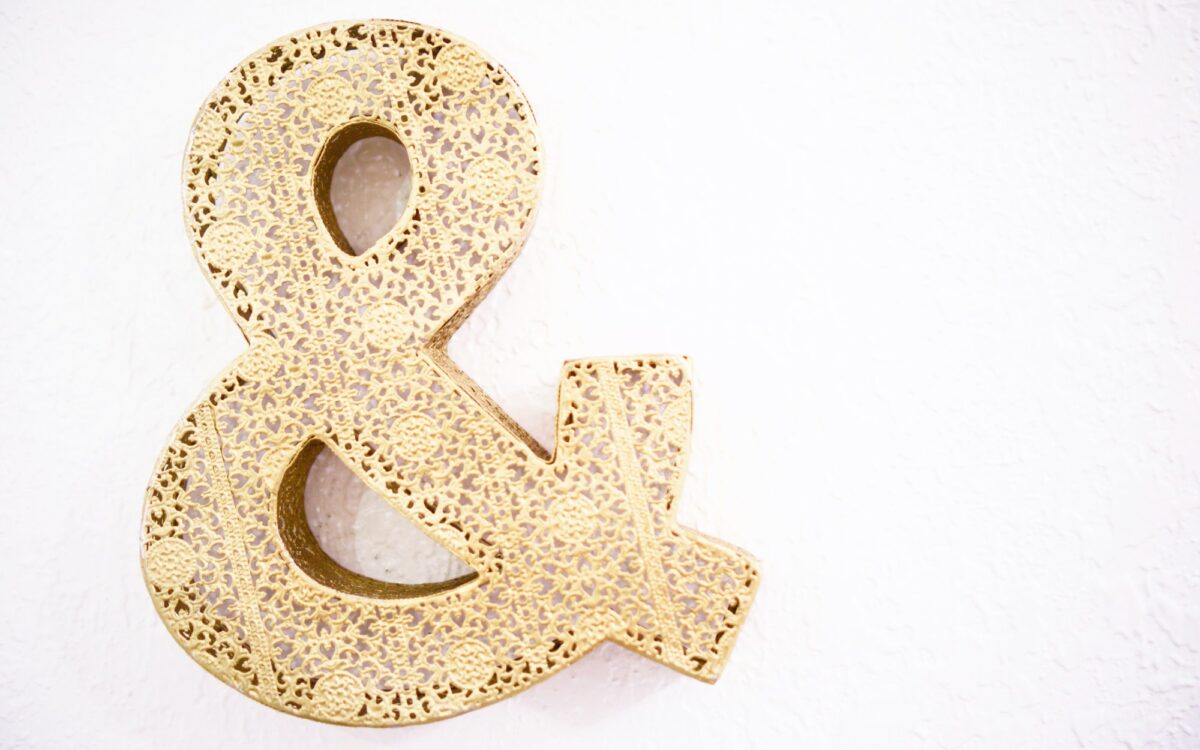Your cart is currently empty!
How to Say And in Cantonese

Learning Cantonese can be both exciting and challenging, especially when it comes to understanding the nuances of different words that seem similar but are used in distinct contexts. One such pair of words is 同 (tung4) and 同埋 (tung4 maai4). Both words translate to “and” in English, but their usage varies depending on the situation. This article will delve into the differences between these two words, providing clear examples to help you grasp their proper usage. Understanding these subtleties will enhance your fluency and confidence in the language, whether you’re a beginner or looking to refine your Cantonese skills. Let’s explore how to use 同 (tung4) and 同埋 (tung4 maai4) correctly in different contexts.
“And” 同 tung4
To say “And” in Cantonese, you can use 同 tung4 to link two or more items together.
“I like to eat oranges and apples”
ngo5 zung1 ji3 sik6 caang2 tung4 ping4 gwo2
我鐘意食 橙 同 蘋果
Listen to the audio track below to learn the pronunciation in Cantonese
“And” 同埋 tung4 maai4
You can also use 同埋 tung4 maai4 in the same example.
“I like to eat oranges and apples”
ngo5 zung1 ji3 sik6 caang2 tung4 maai4 ping4 gwo2
我鐘意食 橙 同埋 蘋果
Listen to the audio track below to learn the pronunciation in Cantonese
The two examples above mean exactly the same thing. Though the second example gives a slight feeling of “togetherness.”
“With” 同 tung4
Ok, now let’s move on to an example using the same word 同 tung4, however, in a very different situation.
“I like to play ball games with you” (lit. I like with you hit the ball)
ngo5 zung1 ji3 tung4 nei5 daa2 bo1
我鐘意 同 你打波
Listen to the audio track below to learn the pronunciation in Cantonese
“With” 同埋 tung4 maai4
“I like to play ball games together with you”
ngo5 zung1 ji3 tung4 maai4 nei5 jat1 cai4 daa2 bo1
我鐘意 同埋 你 一齊 打波
Listen to the audio track below to learn the pronunciation in Cantonese
In this example, if you use 同埋 tung4 maai4, you will need to add 一齊 jat1 cai4 after the person you do the activity with.
同 tung4 is a lot easier and simplier, so learners should just use 同 tung4 to make things simple.
Conclusion
同 (tung4) and 同埋 (tung4 maai4). Both words translate to “and” and “with. 同 (tung4) is the easiest way so just remember this Cantonese word for both “and” and “with.”
We put together this blog because Cantonese learning resources are very scarce. Whether you are a series Cantonese learner, just someone curious about the culture, or a traveler in Hong Kong who wants to get a better deal at the night shopping market at Temple Street, we hope you enjoy our resources, and don’t forget to follow us on Instagram. We are also uploading Cantonese learning videos to our YouTube channel.
Leave a Reply